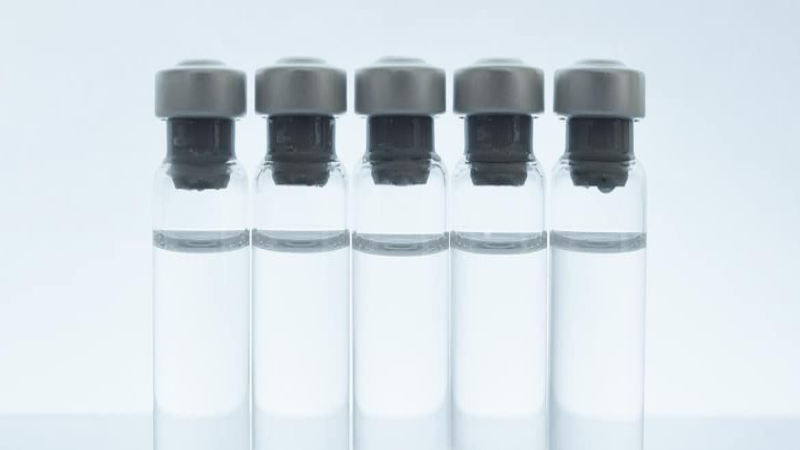In today’s healthcare environment, the safety of medications and the confidence patients have in their treatments are more important than ever. With the rise of new therapies, complex biologics, and sensitive medications, the way medicines are packaged and delivered has a direct impact on both patient outcomes and trust in the healthcare system. Many healthcare professionals and patients now search online for “Pharmaceutical Vial Packaging” to understand how advancements in packaging technology are enhancing the reliability and safety of the medications they use. For more detailed information on this topic, you can learn more about Pharmaceutical Vial Packaging.
Enhancing Medication Safety with Advanced Packaging
The primary purpose of packaging in the pharmaceutical industry is to protect medication from external factors that could compromise its quality, potency, or safety. Modern vial packaging solutions have been engineered to address these concerns comprehensively:
-
Protection from Contamination: Vials are designed to be airtight and tamper-evident, preventing exposure to air, moisture, and contaminants. This is especially critical for injectable medications, which are highly sensitive to even minor impurities.
-
Accurate Dosage Delivery: Vial packaging ensures that each dose is consistent and protected until the moment of use. This reduces the risk of dosing errors and cross-contamination, particularly important in hospital and clinical settings.
-
Extended Shelf Life: The materials used in vial packaging, such as high-quality glass or medical-grade polymers, help maintain the stability and efficacy of medications over time, reducing waste and ensuring that patients receive effective treatments.
Building Patient Confidence Through Transparency and Safety
Patient confidence is built on trust—trust that medications are both safe and effective. The design and features of modern vial packaging contribute significantly to this trust:
-
Tamper-Evident Seals: When patients see a tamper-evident seal on a vial, they know the medication has not been compromised. This visible assurance is a key factor in building trust.
-
Clear Labeling and Instructions: Vial packaging often includes detailed labeling, including dosage information, expiration dates, and clear instructions for use. This helps patients and healthcare providers administer medications safely and correctly.
-
Traceability and Authentication: Advanced packaging technologies, such as unique barcodes or RFID tags, allow for tracking and authentication throughout the supply chain. This helps combat counterfeit medications and ensures that patients receive genuine products.
Meeting Regulatory Standards in the USA
In the United States, pharmaceutical packaging must adhere to stringent regulatory requirements set by agencies like the Food and Drug Administration (FDA). These regulations are designed to ensure that every vial meets high standards for quality, safety, and efficacy. Compliance with these standards not only protects patients but also reinforces confidence in the healthcare system as a whole.
The Future of Pharmaceutical Vial Packaging
As technology continues to evolve, so do the solutions available for packaging pharmaceuticals. Innovations such as smart packaging, enhanced barrier materials, and more sustainable options are being developed to address emerging challenges. These advancements promise to further improve medication safety and support patient confidence in the years ahead.
In summary, the evolution of vial packaging in the pharmaceutical industry plays a crucial role in safeguarding medications and fostering trust among patients. By providing robust protection, clear information, and tamper-evident features, these packaging solutions not only meet regulatory standards but also reassure patients that their health and safety are top priorities. As new technologies emerge, the importance of advanced vial packaging in supporting safe, effective healthcare delivery across the USA will only continue to grow.

